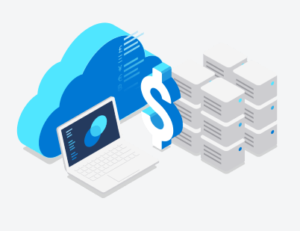Google NEXT 2024 just happened last week and one of the biggest announcement, IMO, was the new Axion CPU for several reasons, but particularly for its architecture and performance metrics.
ARM-Based Architecture: Unlike many conventional server CPUs that use x86 architecture (Intel and AMD), Axion is based on ARM architecture which is typically known for their energy efficiency, which is increasingly important in data centers where power consumption translates directly into operational costs.
Improved Performance and Efficiency: Google claims that Axion offers 50% better performance and 60% better energy efficiency compared to comparable x86-based models. This improvement not only boosts the processing power available for applications but also does so with a smaller energy footprint, which can be crucial for scaling operations sustainably.
Integration with Google Cloud: The integration of Axion CPUs into Google’s cloud infrastructure suggests a tailored optimization for cloud applications, particularly those that leverage Google’s cloud services. This could mean better performance for customers using GCP services due to the hardware being fine-tuned to work seamlessly with their offerings.
Impact on AI and Machine Learning: Given the performance characteristics, Axion CPUs are likely to be particularly beneficial for AI and machine learning workloads, which require efficient and powerful computing resources. The ability of ARM-based CPUs to offer high performance at lower energy costs aligns well with the demands of modern AI computations, which include data-intensive tasks that can benefit from the architecture’s efficiency.
Will the energy savings translate into dollars back to your business though? I do not think so, however, it will allow you to shift this power consumption to GPUs which seem to be trending subject in every datacenter conversation lately (besides VMware and what are other Enterprise ready hypervisors, of course).



